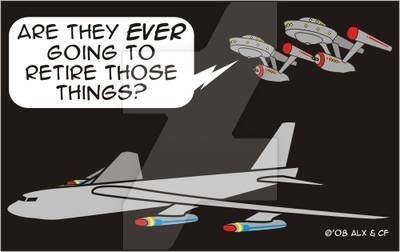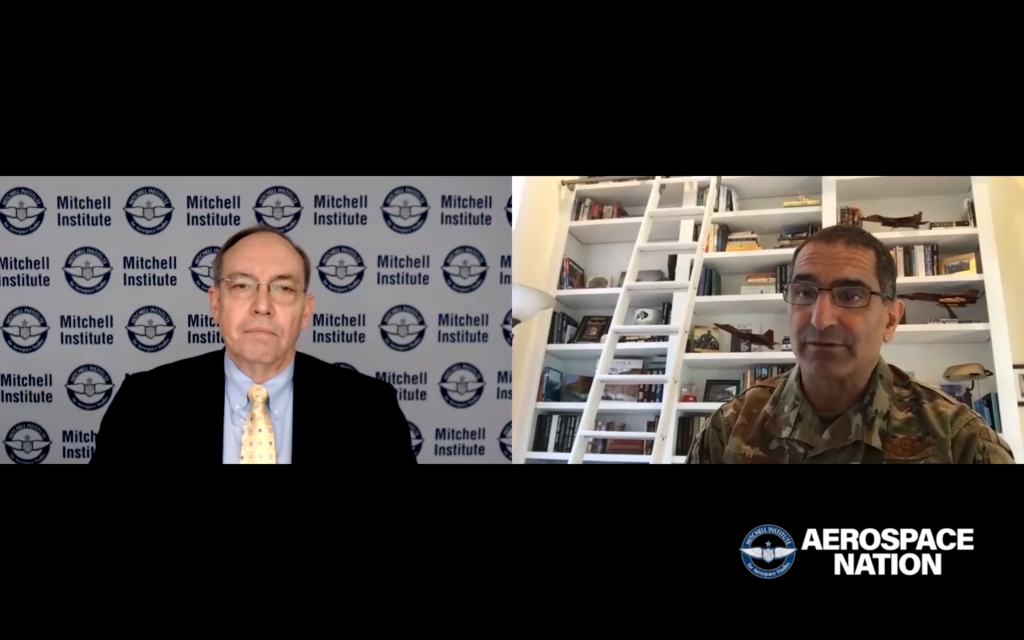While Nahom acknowledged that many B-52s are old in years, they’re relatively young in terms of flying hours, because they sat on nuclear alert during the Cold War and weren’t flown as hard.
By upgrading key parts of the B-52, including replacing engines, adding a new radar and other new technologies, “we’re going to be able to do things with that airplane that we would not be able to do with a B-1 or a B-2,” Nahom said.
Un-be-lie-va-ble. In your face, supersonic and stealth wonders !








